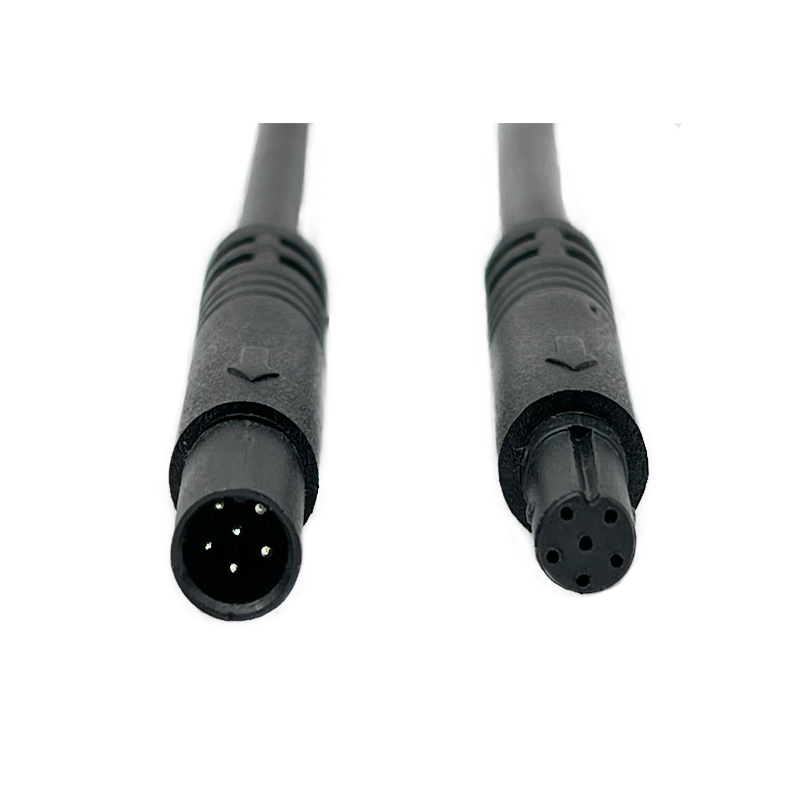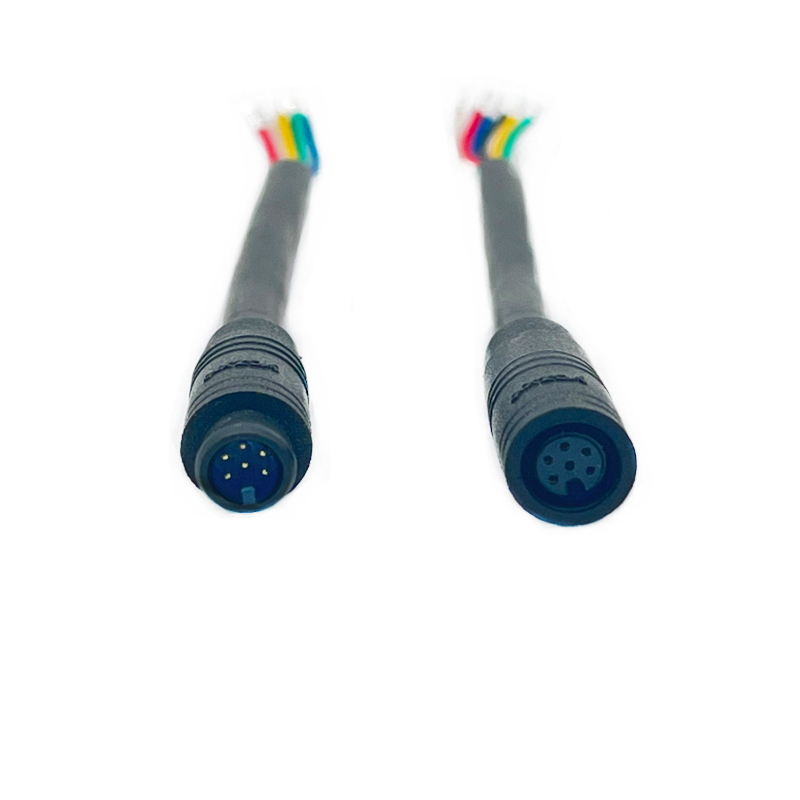News


News

The Secret Behind EV Water Fording: IP Ratings and Testing Standards for Waterproof Plug Connectors
Release time:2025-04-27
viewed:314
Electric vehicles (EVs) are redefining automotive performance, including their ability to navigate flooded roads or heavy rain. At the heart of this capability lies a critical component: waterproof plug connectors. These connectors, governed by IP (Ingress Protection) ratings and rigorous testing standards, ensure that high-voltage systems, batteries, and electronics remain safe and functional in wet conditions. This article demystifies how IP ratings and testing protocols enable EVs to tackle water challenges, with real-world examples and actionable insights.

EVs face unique risks in water-prone environments. Water ingress in battery packs or motor controllers can cause short circuits, fires, or electrocution hazards. Saltwater or chemically treated road fluids also accelerate metal degradation, while critical sensors like cameras and LiDAR require uninterrupted operation in rain or floods. A 2023 study found that 78% of EV failures in flood-prone regions were linked to compromised electrical connectors.
The IP code classifies a connector’s resistance to solids and liquids. For EVs, the second digit (water protection) is critical.
IP67: Protects against temporary submersion in up to 1 meter of water for 30 minutes. This rating is commonly used for battery packs and underbody wiring. For example, Tesla Cybertruck’s battery connectors are IP67-rated, enabling wading through 800mm water depths.
IP68: Designed for prolonged submersion, with depth and duration defined by manufacturers. Applications include deep-water fording systems and submersible charging ports.
IP69K: Resists high-pressure, high-temperature water jets (80–100 bar at 80°C), making it ideal for wheel hubs and self-cleaning sensors exposed to harsh conditions.
This standard defines test methods for IP ratings. For IP67, connectors are submerged in 1 meter of water for 30 minutes with no ingress allowed. IP68 requires testing at manufacturer-specified depths (e.g., 3 meters for 24 hours). IP69K involves spraying connectors with 14–16 L/min of 80°C water from close range for 30 seconds.
This standard adds vibration and temperature cycling to simulate real-world stresses, ensuring waterproof plug connectors withstand rough roads and climate extremes. It’s mandatory for EVs sold in the EU and North America.
Automakers go beyond global standards. Ford’s “Monsoon Test” subjects connectors to 48 hours of simulated heavy rain and humidity. BYD validates corrosion resistance with a 720-hour salt spray test using 5% NaCl mist.
Rivian’s R1T electric truck uses IP68-rated battery waterproof plug connectors and raises its suspension to 910mm ground clearance in “Wade Mode,” allowing it to ford 3+ feet of water for 30 minutes.
Mercedes equips its EQG with IP69K-rated motor and battery waterproof plug connectors, tested for 500+ hours of water immersion to support extreme off-roading.
Prioritize IP67 or higher ratings for critical components like batteries and drivetrains. High-quality materials matter: silicone seals outperform rubber, and stainless steel contacts resist corrosion better than brass. Always verify compliance with IEC 60529 or ISO 20653, and consider warranties—Hyundai, for instance, offers 10-year coverage for waterproofed EV systems.

After driving through floods, inspect connectors for debris or moisture. Reapply dielectric grease annually to maintain seal flexibility. Avoid pressure washers, which can damage even IP69K-rated parts. Modern EVs like Ford’s F-150 Lightning include alerts for seal integrity issues.
Waterproof plug connectors are the unsung heroes behind EVs’ growing prowess in water fording. By adhering to IP67, IP68, and IP69K standards—and surviving brutal testing—they protect the heart of electric mobility. As EVs push into new frontiers, from urban floods to off-road trails, these connectors will remain a cornerstone of safety and reliability.